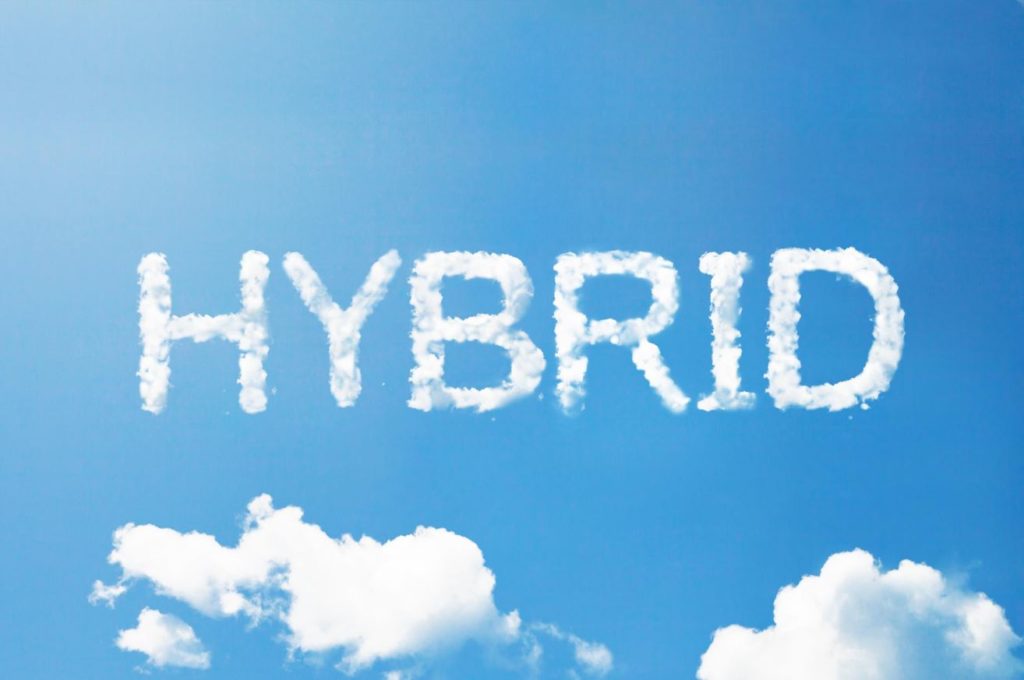Top 5 Best Practices for a Successful Hybrid Cloud Strategy with Google Cloud
Every CIO of a large enterprise is thinking about their cloud strategy. Even if they are not moving to the cloud right now, they are most certainly planning for it at some time.

Sometimes, it's simply not feasible nor realistic for an enterprise to move everything to the cloud immediately and retire their existing infrastructure. That’s why we see the adoption of a hybrid approach where customers gradually move their workloads to the cloud. A hybrid cloud computing solution requires significant integration between internal on-premises and external (public cloud) systems like Google Cloud Platform.
However, adopting a hybrid cloud approach does bring some key requirements:
Integration with New Cloud Apps: Enterprises are increasingly moving towards SaaS applications like Salesforce, Marketo, Workday, Microsoft Dynamics, etc. Along with the adoption of SaaS applications, enterprises should proactively plan to integrate their cloud applications with enterprise data lakes running on Google Cloud Platform.
Discovering the Right Data for Cloud: To successfully implement a hybrid cloud architecture, enterprises need to identify the right data to drive the identified use cases, regardless of where the data resides. Once the data is identified, an integration strategy to acquire, cleanse, secure, aggregate, and store this data in your cloud data warehouse or cloud data lake must be designed. Keep in mind downstream AI/ML use cases and analytics to ensure that the right data is delivered with the right frequency.
Ease of use of integration tools: A key consideration is ensuring that your integration tools are easy to use. Modern enterprises want to empower business users with self-service and avoid the need for hand coding or manual software maintenance. Automating and simplifying the process helps alignment with enterprise security and governance policies.
Best practices to consider when moving to next-generation hybrid cloud on Google Cloud Platform
- Enable Data Discovery for Data Ingestion: To identify data or analytical use cases that can be moved from an on-premises legacy system to the cloud, you should first know where that data resides in your organization, where it comes from, how it is used, whether it contains any personally identifiable information (PII), etc. You can use Informatica’s Enterprise Data Catalog to discover your business data and understand its semantics, quality, sources, downstream consuming applications, and more. Once such data is identified, you can tag it as secure/confidential or as generic data that is ready to move to Google Cloud. In a modern-day data warehouse identifying the right data is as essential as loading it efficiently to the target.
- Optimize Self-Service Integration with Google Cloud Platform: Informatica Intelligent Cloud Services (IICS) helps customers continue in their hybrid cloud journey by providing an intuitive and easy-to-use self-service user interface. You can easily use our new IICS capability for moving data to Google BigQuery or to Google Storage on Google Cloud Platform using a familiar cloud mapping designer interface that is similar to PowerCenter Designer.
- Leverage an Extensive Library of Connectors: We provide our customers a wide breadth of connectors (200+) to read and write data from various on-premises, mainframe, and other legacy data sources to Google BigQuery and Google Storage. The BigQuery connector supports the bulk load and the streaming mode that caters to your business data requirements and allows you to use our data quality transformations to secure and hide sensitive PII data while moving your workload to Google Cloud Platform.
- Use Mass Ingestion for High Volume Data Movement to Google Cloud Storage: Some enterprises have legacy records that need to be archived for long periods of time due to legal requirements. This data may be lying across many on-premises databases or file storage, which might cost millions of dollars in maintenance. You can move legacy data to Google Storage using our Cloud Mass Ingestion service on IICS and save your company money on storage media and maintenance of such legacy systems. You can also use mass ingestion to move select data from Google Storage to BigQuery, as IICS now supports Google BigQuery as a target.
- Modernize Your Machine Learning with Google BigQuery: Google BigQuery supports embedded machine learning algorithm execution allowing you to leverage the Google BigQuery serverless architecture to effortlessly scale out your machine learning use cases in an easy and cost-effective manner. In order to have accurate ML model predictions, leverage the data quality capabilities of Informatica to ensure that clean data is being loaded into Google BigQuery. You can use post SQL command in IICS to call out Google BigQuery “Create Model,” which automates your ML model creation with the Informatica mapping designer service. Users’ models are always be updated, with the latest clean data resulting in accurate business predictions for the future. (Watch: Informatica Intelligent Cloud Services – Google BigQuery Integration.)
For any enterprise that is planning or already deploying a hybrid cloud strategy on Google Cloud Platform, Informatica Intelligent Cloud Services provides a powerful, yet easy-to-use end-to-end solution.
Learn more about how Informatica can integrate Google Cloud into your hybrid, multi-cloud data infrastructure.








